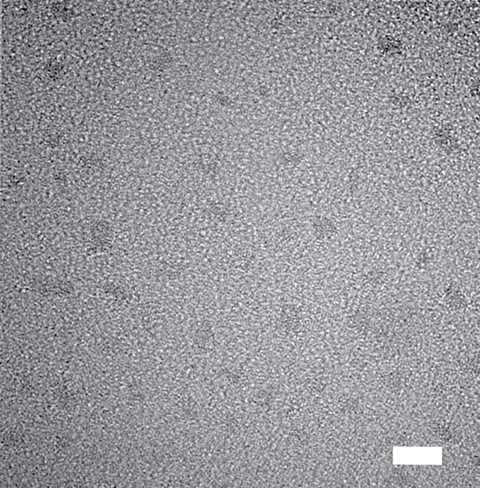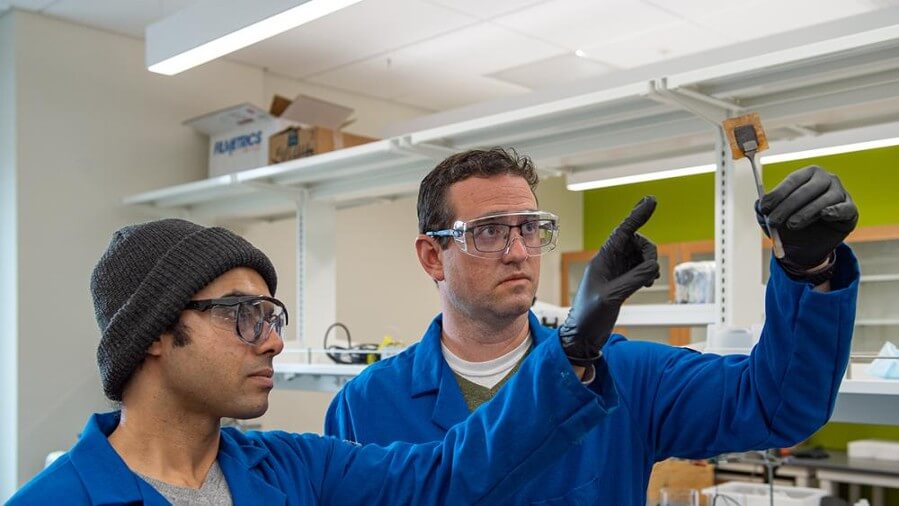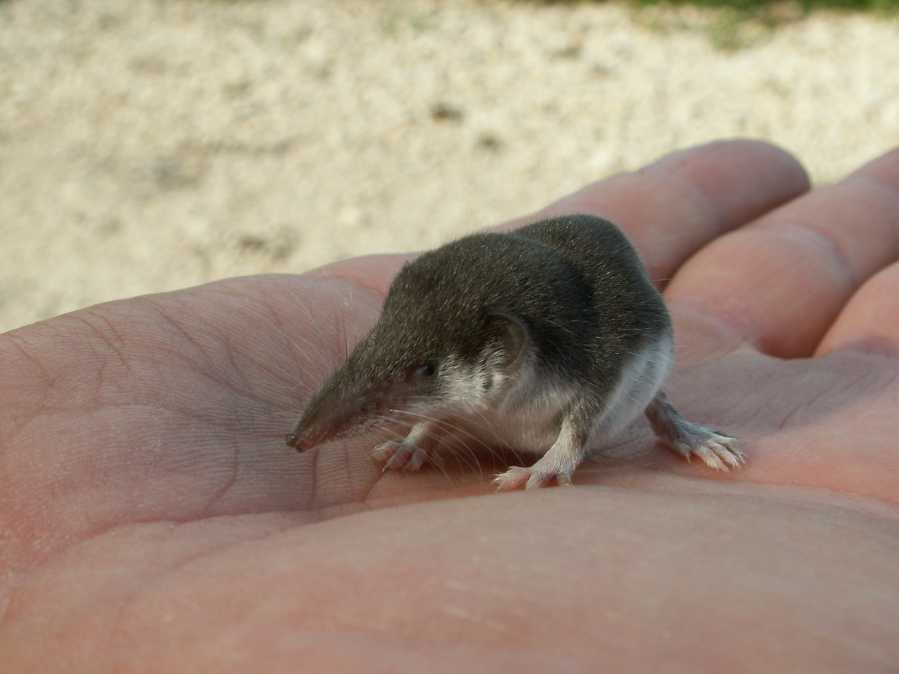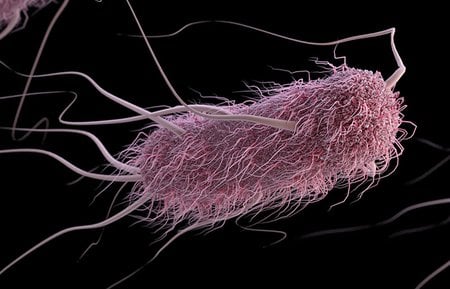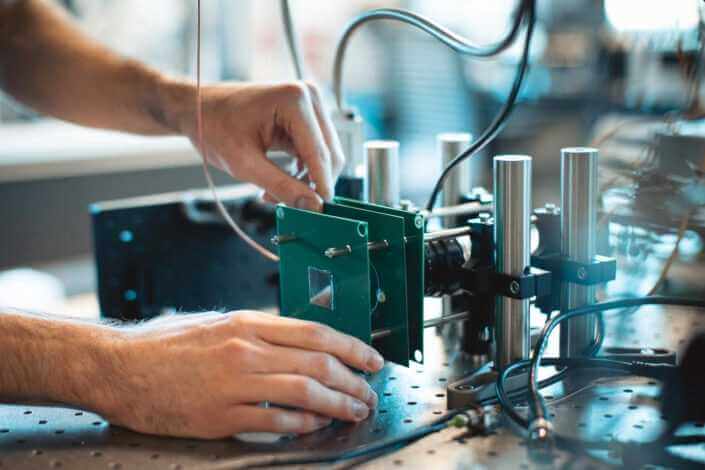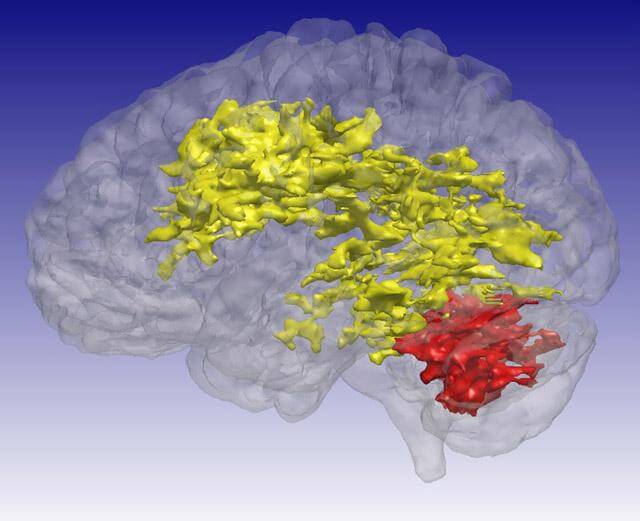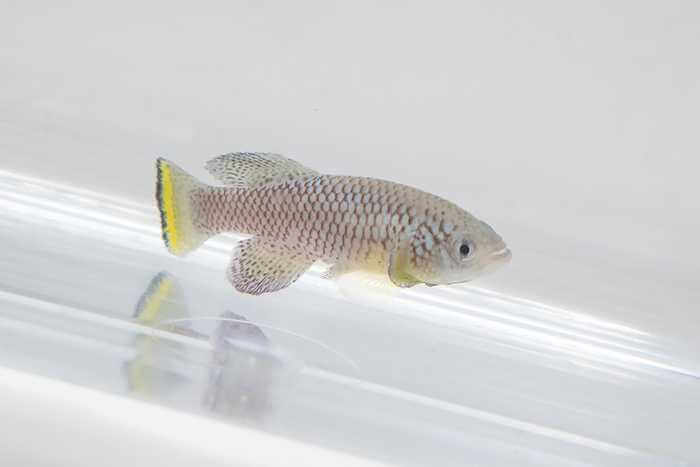Ultra-uniform nanodiamonds – which have important applications in areas like drug delivery, sensors and quantum computer processors – have been made without resorting to explosions. The work was presented at the American Chemical Society’s spring conference held virtually and in-person in San Diego, US. The traditional way of growing nanodiamonds is by detonating an explosive […]
Read More